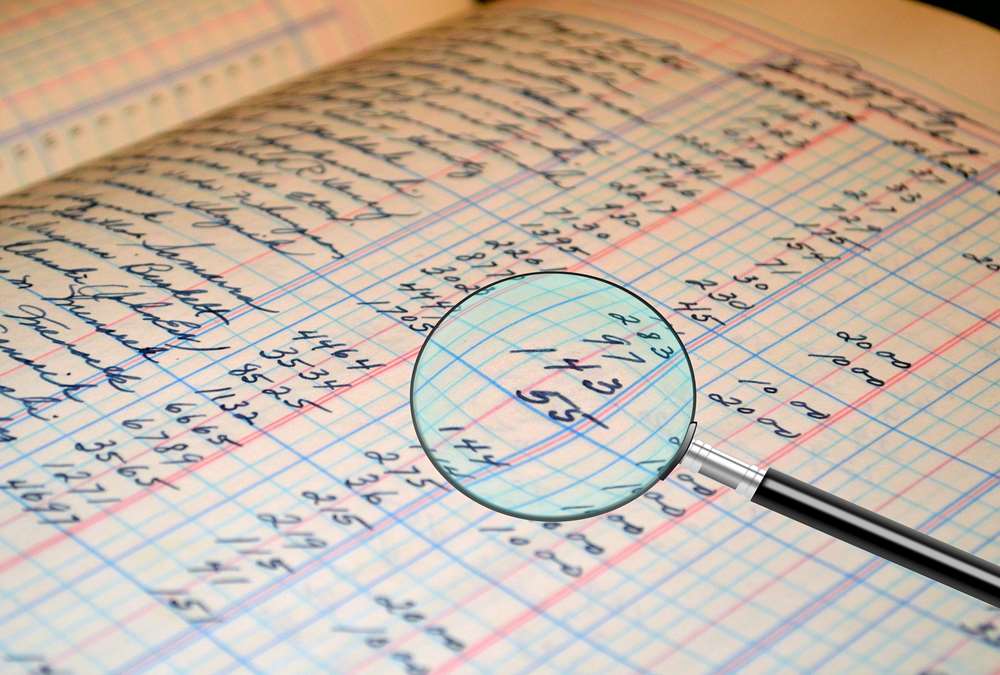- Home
- Business Processes
- Industry Knowledge
- Aerospace Industry
- Automotive Industry
- Banking Domain
- BFSI Industry
- Consumer/ FMCG Industry
- Chemicals Industry
- Engineering & Construction
- Energy Industry
- Education Domain
- Finance Domain
- Hospitality Domain
- Healthcare Industry
- Insurance Domain
- Retail Industry
- Travel and Tourism Domain
- Telecom Industry
- Leadership Skills
- eLearning
- Home
- Business Processes
- General Ledger (Record to Report)
- What is a General Ledger?
What is a General Ledger?
The purpose of the general ledger is to sort transaction information into meaningful categories and charts of accounts. The general ledger sorts information from the general journal and converts them into account balances and this process converts data into information, necessary to prepare financial statements. This article explains what a general ledger is and some of its major functionalities.
Difference between Transactions & Financial Transactions:
As discussed earlier, the business enters into many activities and transactions throughout the day. It is not necessary that all activities have a financial impact. For example, if a company issues a Purchase Order for buying certain goods, but no financial transaction has happened unless the goods are delivered and the invoice is raised on the company issuing the purchase order by the supplier. All transactions that have a financial impact only need to be journalized. Transactions having a financial impact are only posted to General Ledger.
What is General Ledger?
Once we have journalized transactions into a general or special journal which are also referred to as "the book of original entry, the transactions need to be entered in the general ledger which is also called "the book of final entry." The general journal and the general ledger both record transactions, but it is the general ledger that groups similar transactions into accounts, and converts the accounting data into meaningful information useful for the stakeholders.
Transactions are first recorded in the general journal and then transferred, or posted, to the ledger, which stores all the charts of accounts of a business. An account is defined as an accounting record that reflects the increases and decreases in a single asset, liability, or owner's equity item (The Accounting Equation!!). In addition, the ledger shows the balance of each account that helps the user understand the final effects of the transactions.
While journals present a chronological listing of a company's daily transactions, ledgers are organized by account. As a result, financial statements such as Balance Sheets and Income Statements can only be generated from the general ledger not directly from the journals.
Accounts in a ledger are simply groupings of interest. Sub Accounts are created for five types of accounts Assets, Liabilities, Equities, Revenues, or Expenses. Separate records are created to classify these accounts further to help to understand the accounting data at a granular level. Based on the individual business needs the number and variety of sub-accounts (natural accounts) in a given business can vary significantly. In order to group account information more usefully, a company may use subsidiary ledgers as well as a general ledger.
Format of General Ledger:
The purpose of the general ledger is to categorize the information into accounts and provide the users with different account balances. This categorization ensures that the data is organized and easily accessible to convert them into trial balance and finally convert it to financial statements. As the rules of debit and credit and the accounting equation still apply, the summation of the balances of all the accounts in a General Ledger is always equal to zero, because for every debit in Journal we have also created a corresponding credit. The standard format helps organize financial information in one place.
Standard general ledger format generally contains the following information:
- The chart of accounts- classified into five account types - Assets, Liabilities, Equities, Revenues, or Expenses.
- The account's title is the name of the account and must exactly match the account name as defined in the master chart of accounts by the organization.
- The Date columns – A general ledger may capture several dates, like the entered date, transaction date, accounting date, and the posting date. These dates may be the same or may vary based on the business internal policies.
- The Particulars column explaining the nature and purpose of the transactions that are being captured against the respective accounts and amounts.
- The Post Reference (P.R.) column specifying the reference information to the posting event, tying the transaction back to the originating journal.
- The Debit column representing the amount of debit posted to the account.
- The Credit column representing the amount of credit posted to the account.
- The Debit Credit Balance (DR./CR.) column to indicate the sign of the final balance. Sometimes a negative (-) is used to represent credit balances.
- The Balance column which keeps a running balance of each account. Due to this balance column, the ledger is referred to as a "balanced column account."
A good general ledger software application will provide management with accurate, up-to-date information in order to make short and long term business decisions. It also has inbuilt controls and processes necessary, to ensure that the correct information is reported. Income statements, balance sheets, and statements of cash flow are standard reports needed by management to judge business progress and these reports can be built using the trial balance created in General Ledger.
Related Links
You May Also Like
-
An allocation is a process of shifting overhead costs to cost objects, using a rational basis of allotment. Understand what is the meaning of allocation in the accounting context and how defining mass allocations simplifies the process of allocating overheads to various accounting segments. Explore types of allocations and see some practical examples of mass allocations in real business situations.
-
Hierarchical Organization Structures
Hierarchical structure is typical for larger businesses and organizations. It relies on having different levels of authority with a chain of command connecting multiple management levels within the organization. The decision-making process is typically formal and flows from the top down.
-
In this article, we explain some commonly used subsidiary ledgers like accounts receivable subsidiary ledger, accounts payable subsidiary ledger or creditors' subsidiary ledger, inventory subsidiary ledger, fixed assets subsidiary ledger, projects subsidiary ledger, work in progress subsidiary ledger, and cash receipts or payments subsidiary ledger.
-
For any company that has a large number of transactions, putting all the details in the general ledger is not feasible. Hence it needs to be supported by one or more subsidiary ledgers that provide details for accounts in the general ledger. Understand the concept of the subsidiary ledgers and control accounts.
-
Accrued expenses, sometimes referred to as accrued liabilities, are expenses that have been incurred but have not been recorded in the accounts. Discuss the need to record accrued liabilities and why they require an adjustment entry. Understand the treatment for these entries once the accounting period is closed and learn to differentiate when the commitments become liabilities.
-
McKinsey 7S Framework is most often used as an organizational analysis tool to assess and monitor changes in the internal situation of an organization. The model is based on the theory that, for an organization to perform well, seven elements need to be aligned and mutually reinforcing.
-
Defining Organizational Hierarchies
A hierarchy is an ordered series of related objects. You can relate hierarchy with “pyramid” - where each step of the pyramid is subordinate to the one above it. One can use drill up or down to perform multi-dimensional analysis with a hierarchy. Multi-dimensional analysis uses dimension objects organized in a meaningful order and allows users to observe data from various viewpoints.
-
GL - Different Accounting Methods
The accounting method refers to the rules a company follows in reporting revenues and expenses. Understand the two common systems of bookkeeping, single, and double-entry accounting systems. Learners will also understand the two most common accounting methods; cash and accrual methods of accounting and the advantages and disadvantages of using them.
-
Explore the concept of journal reversals and understand the business scenarios in which users may need to reverse the accounting entries that have been already entered into the system. Understand the common sources of errors resulting in the reversal of entries and learn how to correct them. Discuss the reversal of adjustment entries and the reversal functionalities in ERPs.
-
Trial Balance in General Ledger
One of the greatest benefits of using a double-entry accounting system is the capability to generate a trial balance. What do we mean by trial balance? As the name suggests a trial balance is a report that must have its debits equals to credits. Understand the importance of trial balance and why it is balanced. Learn how it is prepared and in which format.
Explore Our Free Training Articles or
Sign Up to Start With Our eLearning Courses

About Us
Learning
© 2023 TechnoFunc, All Rights Reserved










